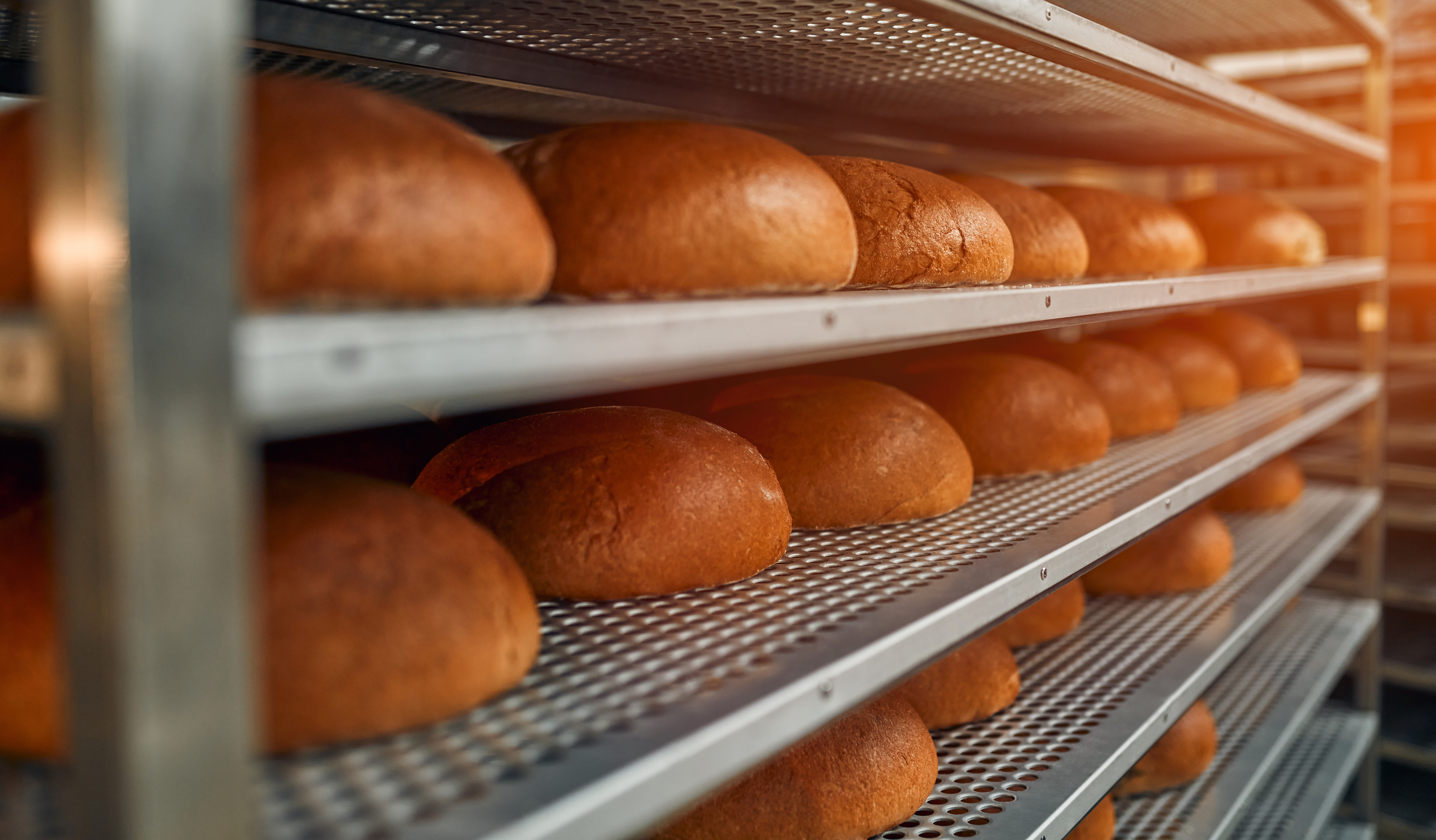FDA FASTER Act Video for Food Industry
The U.S. Food and Drug Administration (FDA) released a new video that provides an overview of the 2021 Food Allergy Safety, Treatment, Education, and Research (FASTER) Act. The FASTER Act, among other things, adds sesame to the list of major food allergens effective January 1, 2023. The video includes basic information about the FASTER Act and helps answer frequently asked questions the FDA has received from the food industry and other stakeholders.
The video also includes information about:
- U.S. food allergen requirements.
- How major food allergens are defined.
- The FDA’s implementation of the FASTER Act.
Food allergies and other types of food hypersensitivities affect millions of people living in the U.S. To protect those with food allergies and other food hypersensitivities, the FDA enforces laws requiring food manufacturers to specify ingredients that are major food allergens on the labels of packaged foods and beverages. The FDA also enforces regulations that require food manufactures to prevent allergen cross-contact (the unintentional incorporation of a major food allergen into a food).
Clarifying food allergen requirements for industry is part of the FDA’s safety measures to help protect consumers from ingredients and foods they may be allergic to without overly restricting food choices.
Recent Blog Posts
The FMI Foundation, in partnership with SQFI, awarded 19 scholarships from 152 applications for the 2025-2026 Food Safety Auditing Scholarship program.
Private brands in the grocery industry are experiencing significant growth, evolving from budget alternatives to strategic assets that drive customer loyalty and distinguish retailers.
Recall prevention means embedding food safety throughout your operations so those failures never reach the customer.




